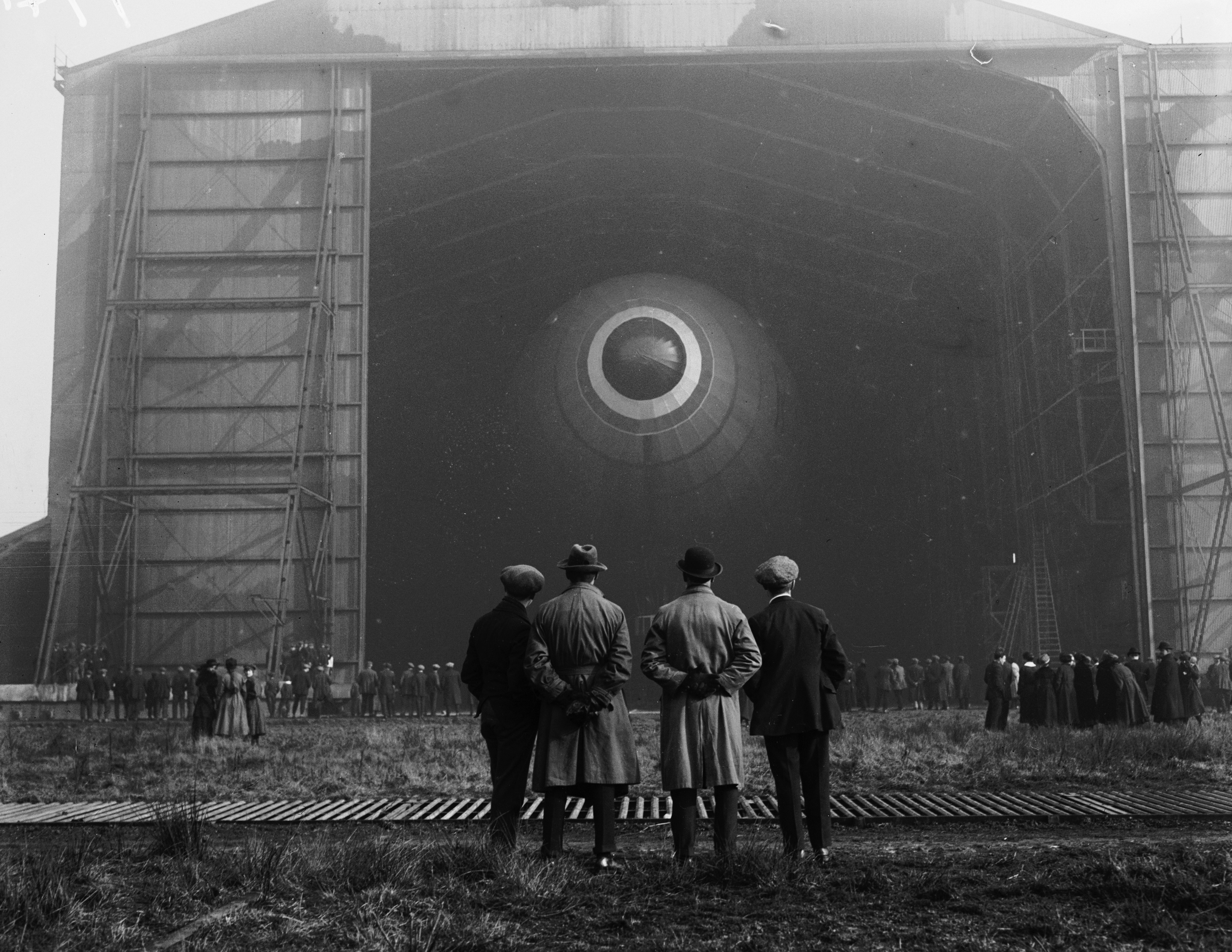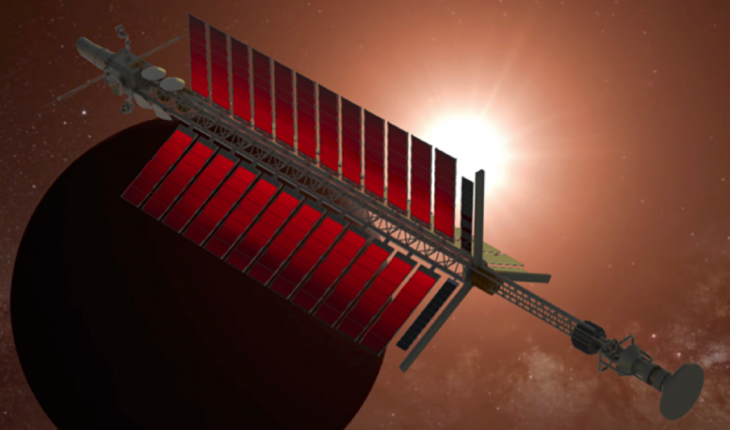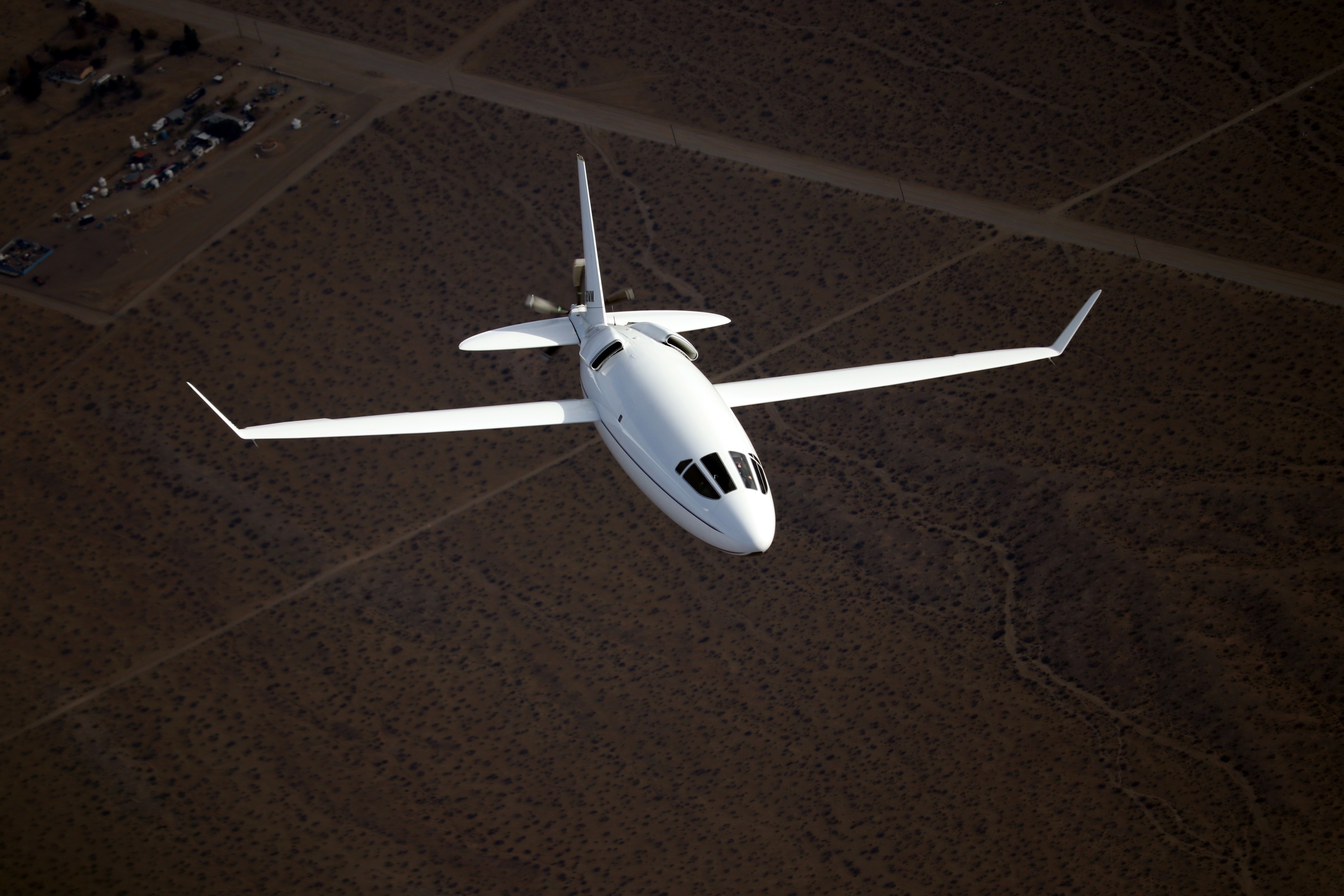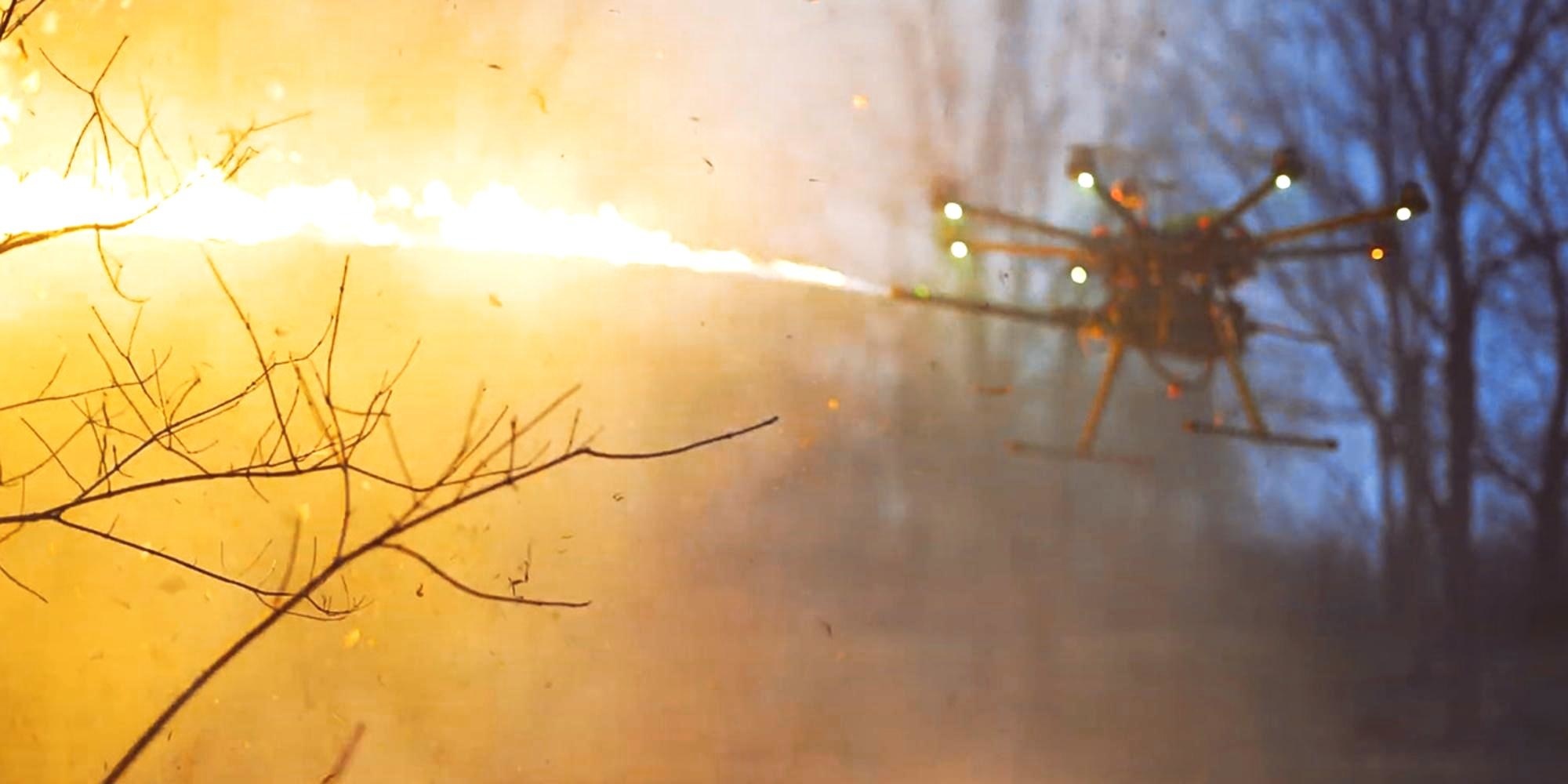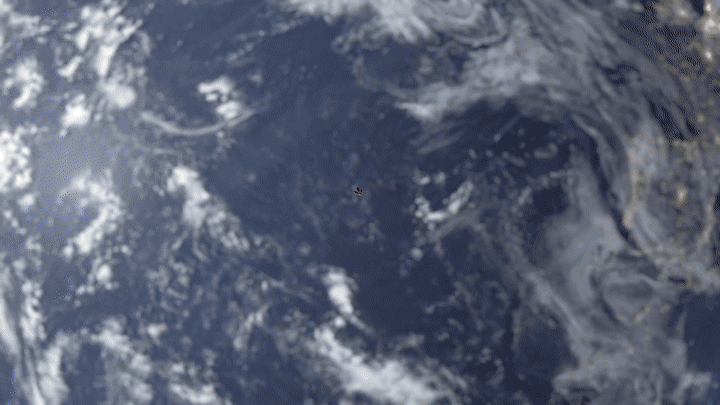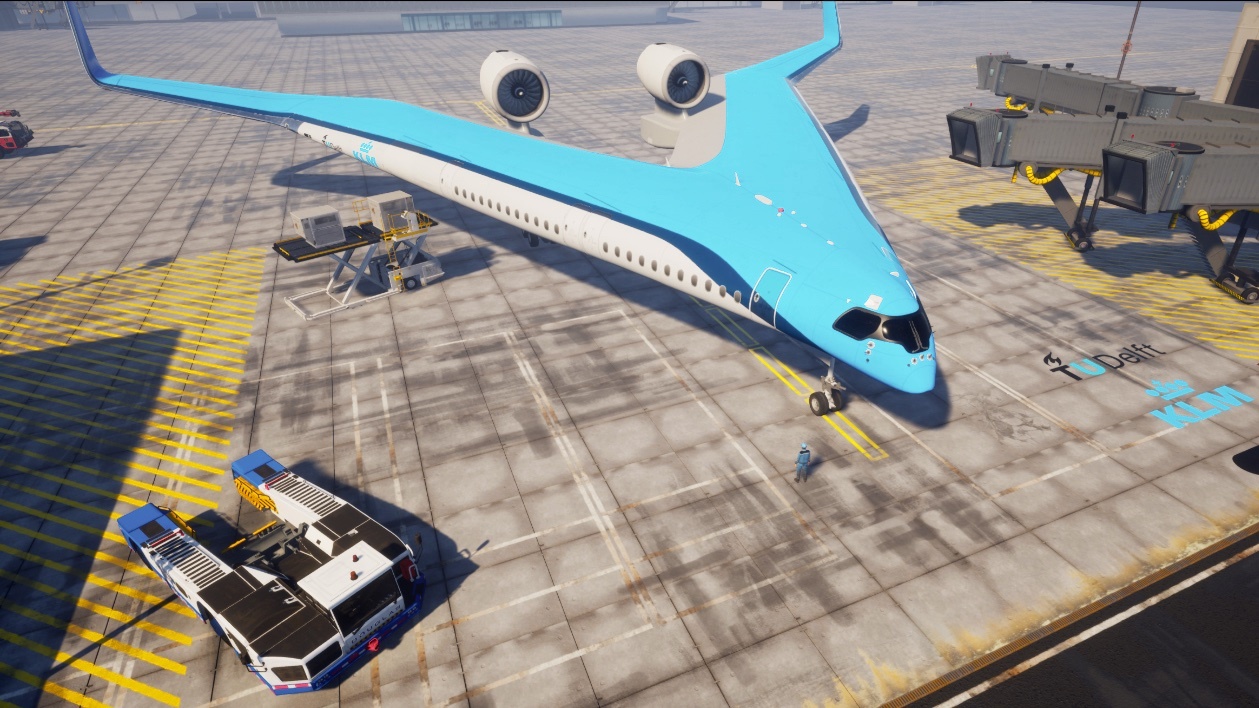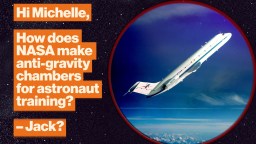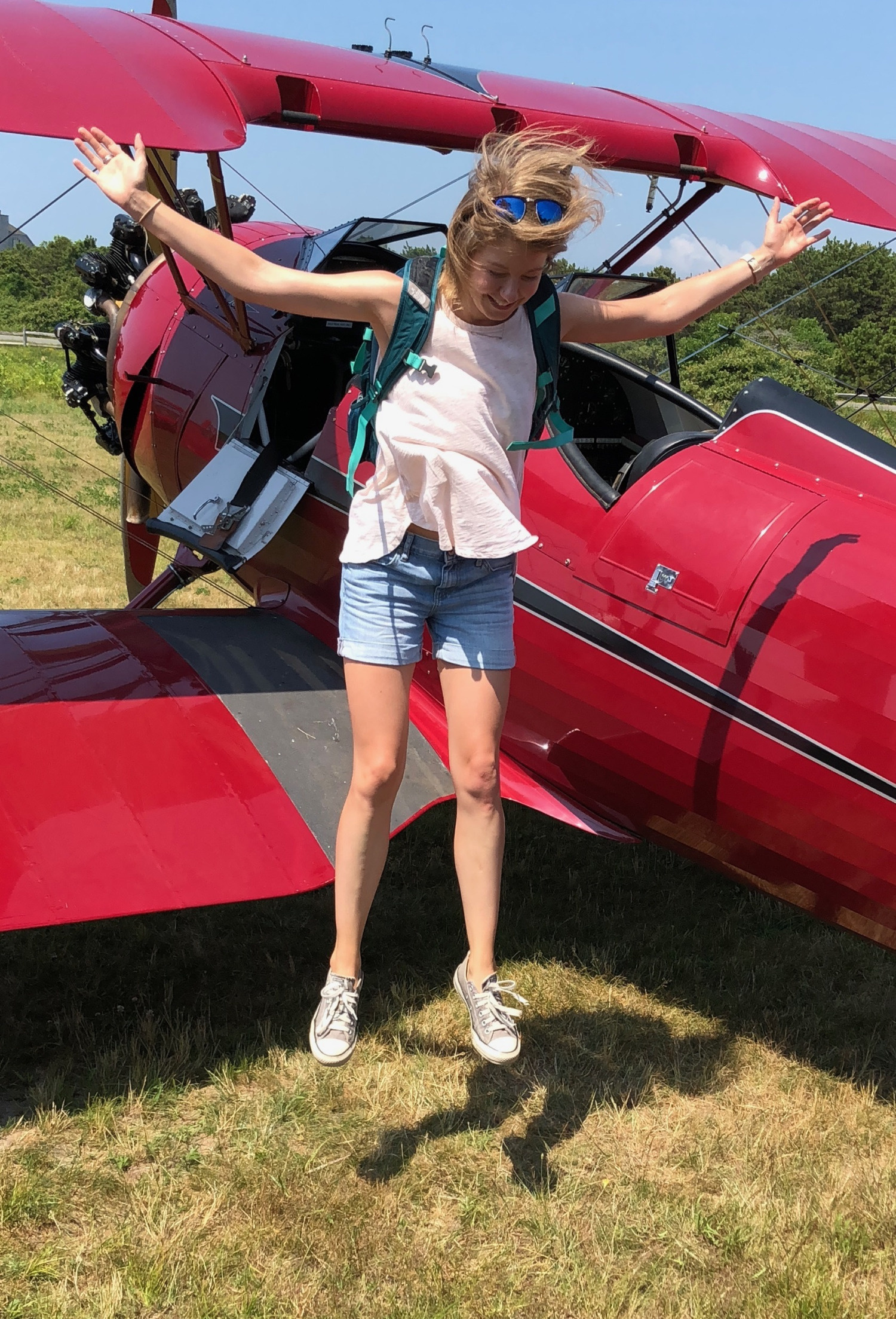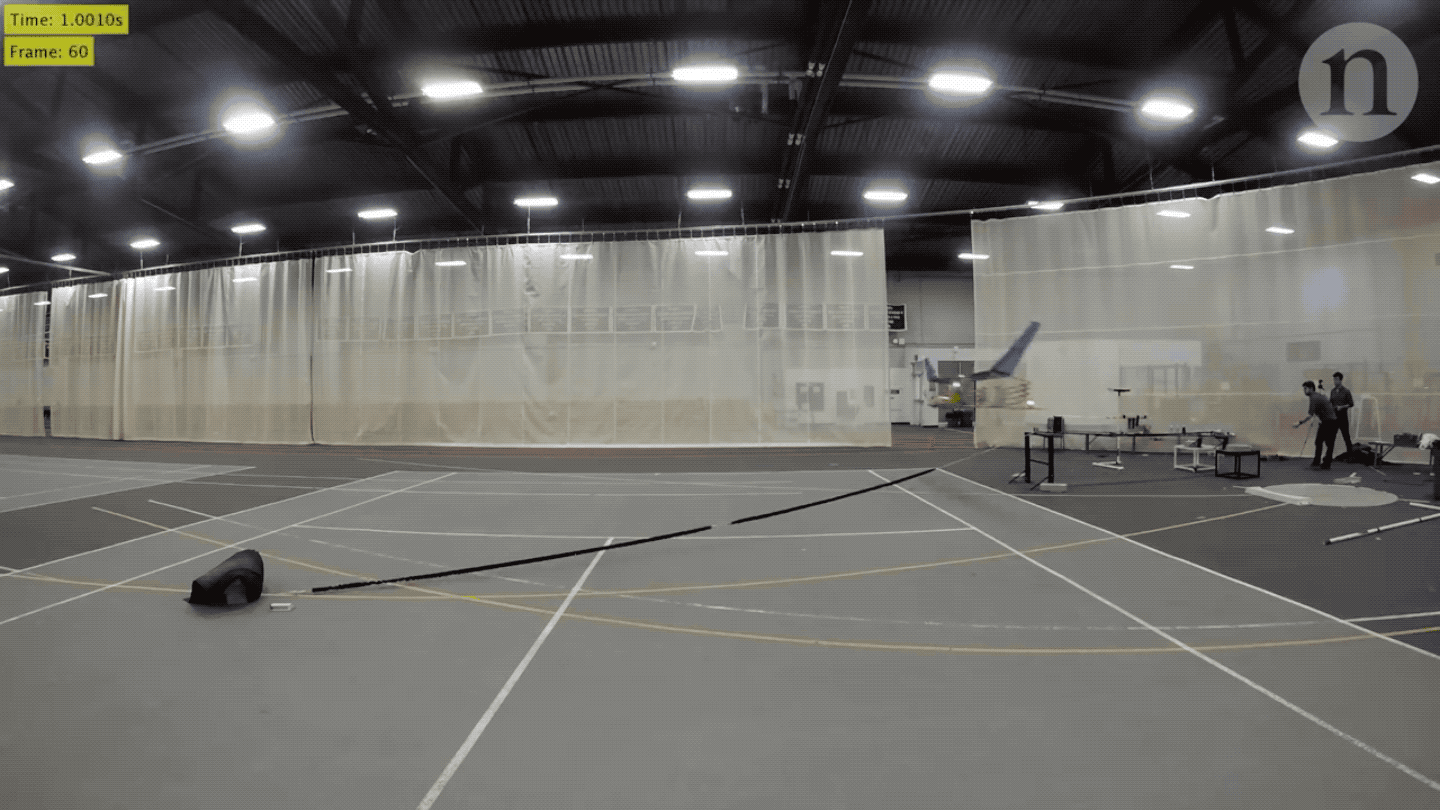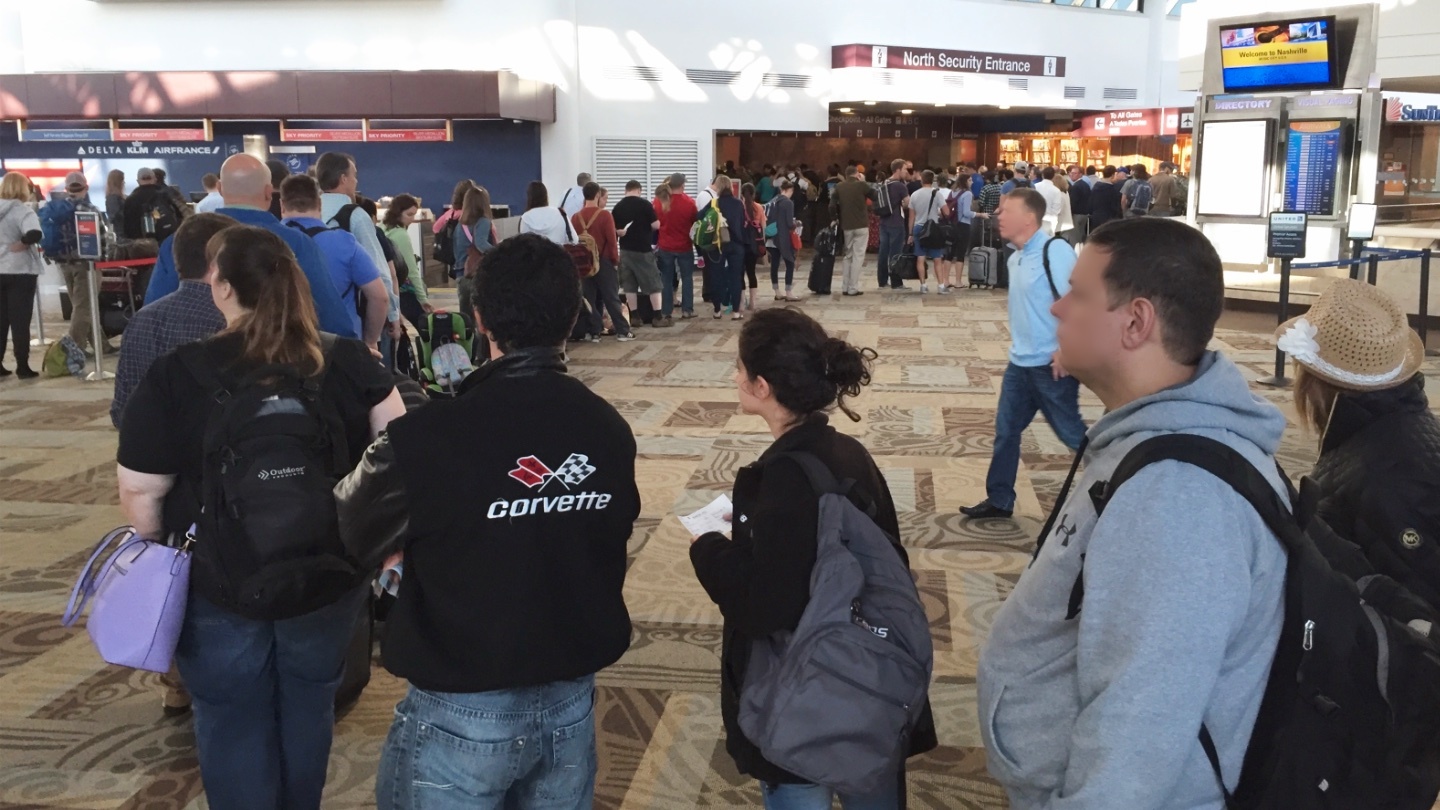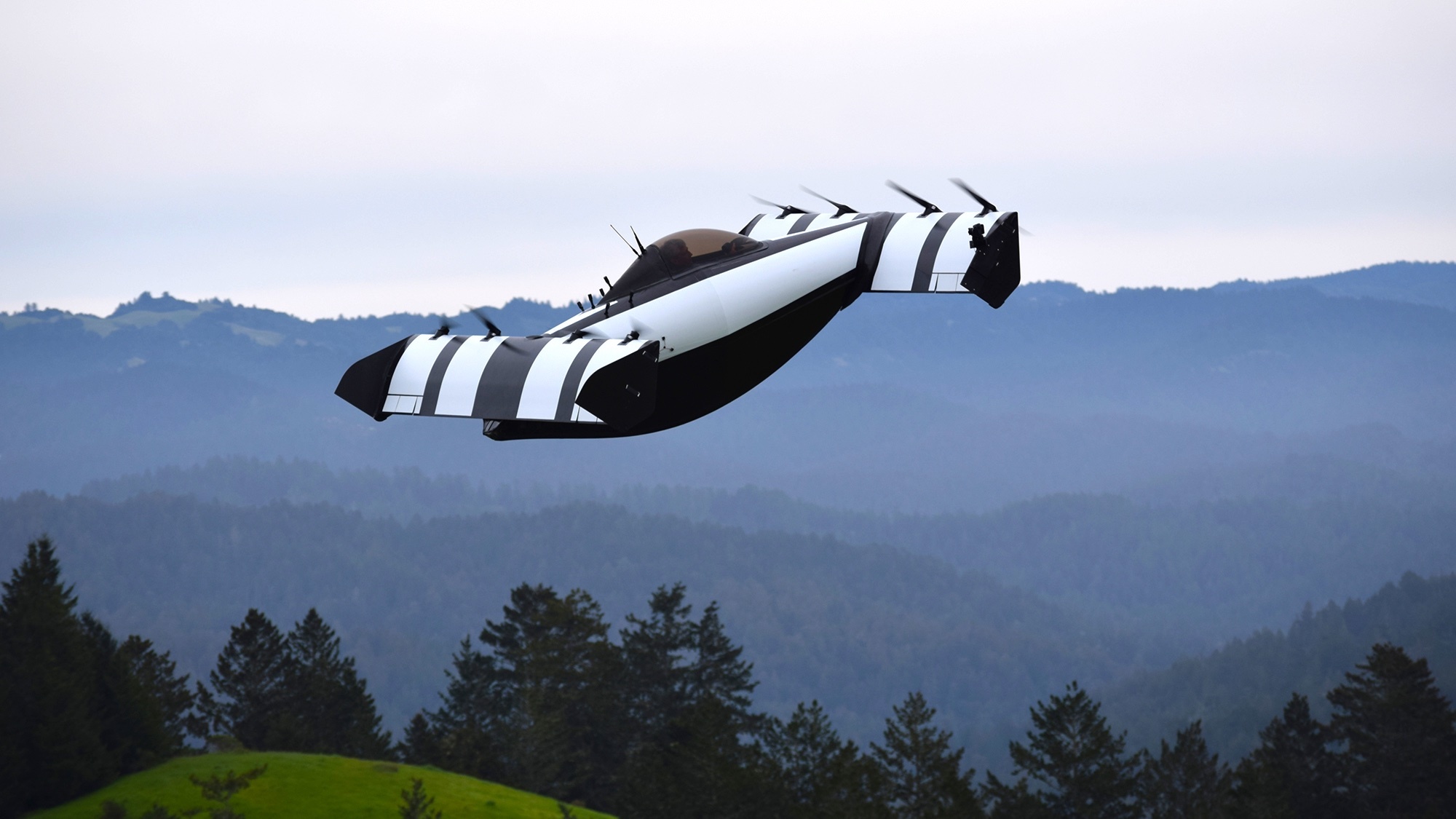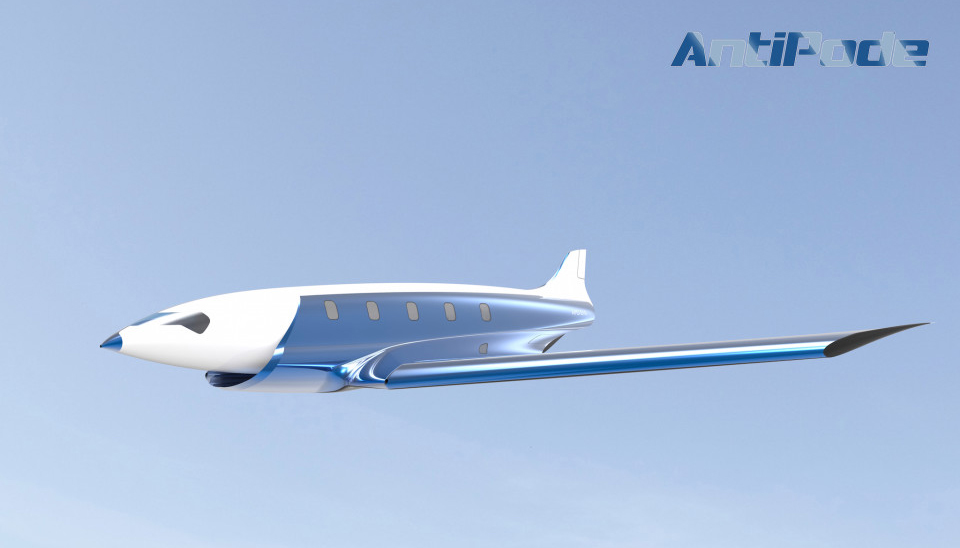flight
Thomas Baldwin’s Airopaidia (1786) includes the earliest sketches of the earth from a balloon.
These prices are too good to pass up on.
Can passenger airships make a triumphantly ‘green’ comeback?
The drive would provide enough thrust for a spacecraft to travel near the speed of light using only electricity, says physicist Jim Woodward.
Otto Aviation says the hourly cost of flying the new Celera 500L is about six times cheaper than conventional aircraft.
The Earth Return Orbiter is part of a long-term mission to search for ancient alien life on Mars.
We need electric planes, sustainable aviation fuels, and hybrid propulsion now, not later.
The FAA is not amused by flame-throwing drones.
Fingerprinting and facial recognition may lead the way in air travel.
An elegant, 400-year-old means of navigating the stars takes flight.
When it comes to climate change, today’s airplane pollution is a real problem.
The Hermeus Corporation recently received seed funding to begin building a hypersonic jet that would travel twice the speed of the now-retired Concorde.
There are places in our solar system where you can fly.
▸
2 min
—
with
A lot goes into being weightless.
▸
4 min
—
with
Humans blame cats for killing birds, but our buildings are far worse.
A new study flies in the face of anecdotal evidence and raises questions about how we read data.
Silent, carbon-free propulsion with no moving parts.
Most of those who try to sneak stuff onboard succeed.
Are we sure this isn’t alien technology?
Modern life hinges on satellite connectivity. President of Kraus Aerospace Fatema Hamdani explains how the science of perpetual flight is unfolding, and how to defend satellites and drones from enemy fire.
▸
8 min
—
with
A new study predicts air-travel turbulence may occur over larger areas thanks to climate change.
The Antipode may one day revolutionize your commute. It would be 10 times faster than the Concorde and take you across the ocean before you could finish an episode of The Simpsons.


